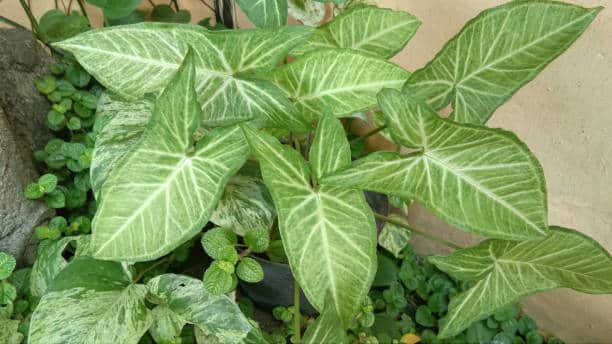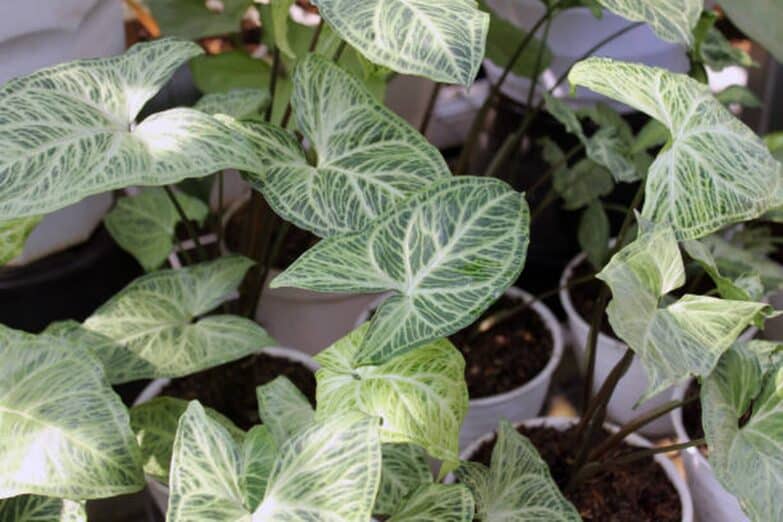Nephthytis, also known as Arrowhead Plant or Syngonium, is a stunning houseplant that’s rising in popularity due to its visually striking leaves and simple care routine. Its versatility and adaptability make it a perfect addition for both novice plant enthusiasts and experienced horticulturists. In this article, we’ll delve into the captivating world of Nephthytis plants and why they should be your next must-have indoor plant.
The Appeal of Nephthytis Plants
Stunning Foliage
Nephthytis plants boast vibrant, arrow-shaped leaves that can range from green to white, pink, and even burgundy. The distinctive variegation patterns add a unique element to any indoor space, making it an aesthetic choice for interior design.
Easy Maintenance
Nephthytis is known for its adaptability and resilience, which translates to a relatively easy care routine. It can tolerate varying light conditions and doesn’t require constant watering, making it an excellent choice for those with busy lifestyles.
Air Purification
Like many indoor plants, Nephthytis has air-purifying qualities. Studies have found that it can absorb toxins in the air, improving the overall air quality in your home.
Caring for Your Nephthytis Plant

Understanding the basic requirements of Nephthytis will ensure it thrives in your indoor space.
Light and Temperature
Nephthytis prefers bright, indirect light, though it can tolerate low-light conditions. As a tropical plant, it thrives in warm temperatures between 60-75°F (15-24°C).
Water and Humidity
This plant prefers moist but well-drained soil. Overwatering can lead to root rot. Maintain a high humidity environment for your Nephthytis for optimal growth.
Soil and Fertilizer
A well-draining soil is crucial for Nephthytis. Use a quality houseplant soil mixed with a bit of perlite. Fertilize monthly with a balanced houseplant fertilizer during the growing season.
Common Issues and Solutions
Nephthytis, like any plant, may face certain issues. Here’s how to troubleshoot.
Yellowing Leaves
Yellow leaves often indicate overwatering. Ensure the plant has good drainage, and let the top layer of soil dry out before watering again.
Wilting or Drooping
If your Nephthytis is wilting, it may need more water. Conversely, if the leaves are yellow and drooping, it could be a sign of overwatering. Adjust your watering schedule as needed.
Propagation of Nephthytis
Propagating a Nephthytis plant is a straightforward process. Simply take a stem cutting with one or two nodes, place it in water until roots develop, then transfer it to potting soil. This is an excellent way to expand your plant collection or share with friends.
Conclusion
The Nephthytis plant is a versatile, beautiful, and easy-to-care-for plant that will add a touch of elegance and vibrancy to any interior space. With its stunning foliage, air-purifying properties, and resilience, it’s no wonder why Nephthytis should be your next must-have indoor plant. So why wait? Start your Nephthytis journey today, and enjoy the multifaceted benefits it brings!

